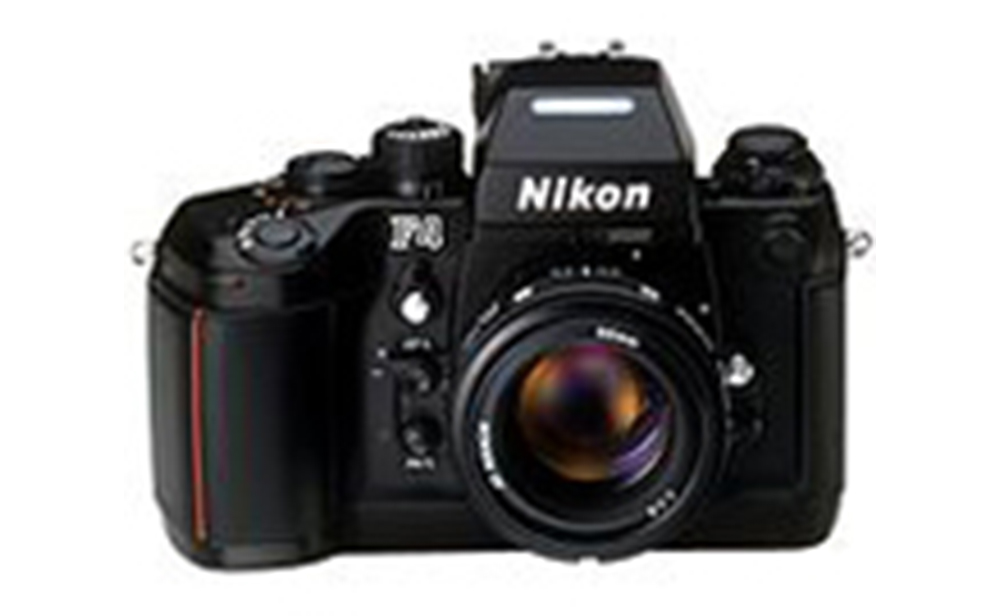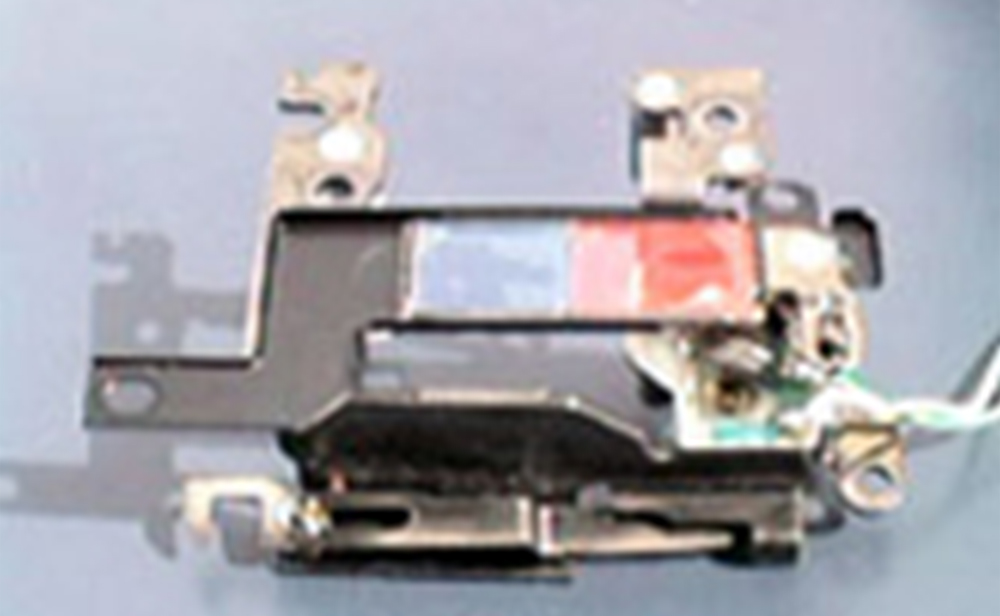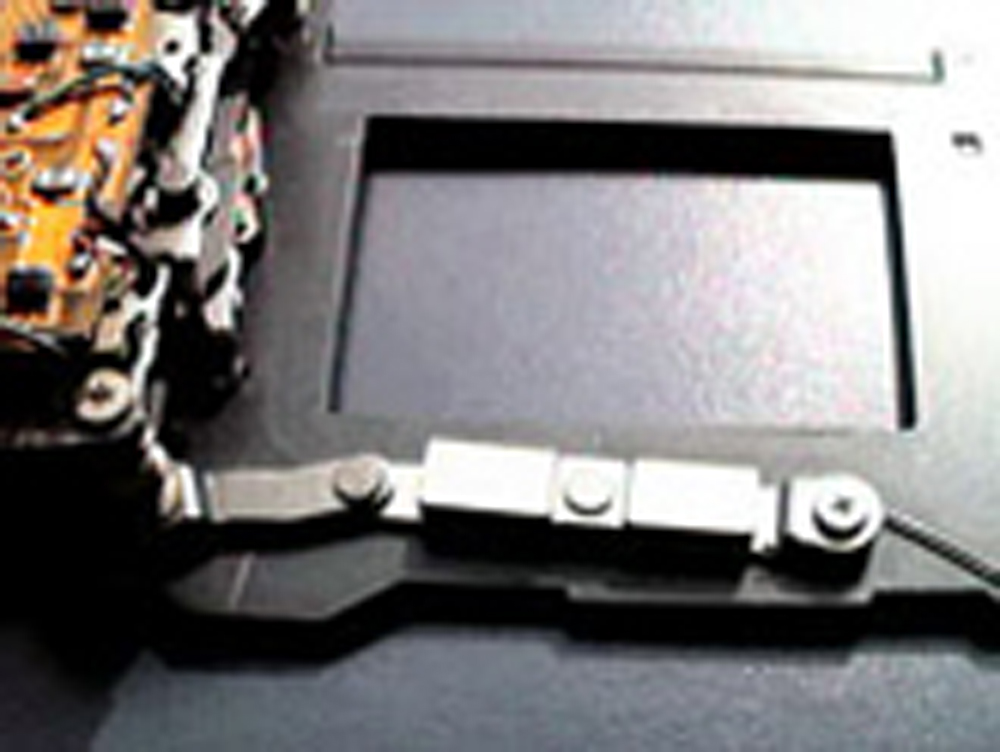Vol. 2. Nikon F4 (part II)
The Nikon F4 story continues...
In the first part of this series, we discussed the ideas that contributed to the making of the Nikon F4 camera.
In this part, we will focus on the underlying reasons for the technological features employed in this camera.
The following story helps explain the intentions and processes Nikon adopted which led to the creation of the Nikon F4 camera.
This is a supplementary issue to the previous one. I apologize to the people who were expecting a history of the Nikon F3.
Unique technology everywhere

As mentioned in the first part of this series, the F4 camera went on sale in December, 1988.
As Nikon's top-of-the-line camera with an automatic film rewind motor, as well as an AF system, it was a very popular camera.
There were other parts of the camera's specifications that garnered public attention, especially that of camera magazine journalists. Here, I would like to point out what makes the F4 unique.
New technological advances included a "Shutter balancer", "Hybrid shutter blade", "Dual curtains for light-shield", "Infrared (IR) cut filter", "Yertical-format shooting", and "Continuous Silent (CS) mode".
These items have already been discussed in the F4 product brochure as well as in contemporary camera magazine articles, but they are quite significant so I would like to briefly explain their functions.
First, the "Shutter balancer" absorbs the small amount of camera shake that occurs when pressing the shutter release button.
The "Shutter balancer" is made of a tungsten alloy and has a very large specific gravity.
Next, the "hybrid shutter blade" enhances the strength and durability for fast shutter speeds of a vertical-travel focal plane shutter.
Two (2) of the F4's eight (8) shutter blades employ special epoxy plates made of carbon fiber to reduce weight and keep camera shake to a minimum.
The "Dual curtains for light-shield" refer to the front and rear shutter curtains that block unwanted light from passing through to the film.
Thus, they minimize light leakage when shooting with a mirror lockup or in very bright conditions.
The "Infrared (IR) cut filter" reduces focus errors due to infrared rays.
This filter is deactivated when using the AF-Assist Illuminator function of a Nikon Speedlights (SB-28DX/28/27/(26)/(25)/(24)/23/22s/(22)/(20)).
The accuracy of Nikon's Matrix Metering system works even for vertical-format photography.
This means that even when you take vertical-format shots, you're assured accurate exposures just as in standard horizontal format shooting.
Finally, there's the "Continuous Silent (CS) mode".
While it is slow in rewinding, it does so very quietly.
In brief, these were the major features of the F4 camera.
Distinctive character, distinctive merit

The development of the above technologies was not widely undertaken at that time in the industry because this seemed unnecessary for conventional cameras.
However, for the F4 project, Nippon Kogaku K.K. forged ahead even though this incurred a longer development period and greater development and manufacturing costs.
On the other hand, these features did not enhance the specifications of the product nor did they significantly increase functionality.
In short, the features of the F4 that we just reviewed were not high-profile elements that delivered high-specification numbers or new modes except for the "Continuous Silent (CS) mode".
There were no palpably new features for the user to explore.
However, in the shooting process, such as when adjusting exposure or when pressing the shutter release button, these features were always working in the background.
This allowed users to take high-quality, "tailor-made" photos.
Thus, the themes behind the overall development of the F4 camera were (1) a focus on basic functions and (2) "the technology behind-the-scenes" philosophy, which lets you concentrate just on shooting a picture.
Instinct and rationalism

Some people who work in camera technology development can see the problems that prevent the improvement of basic functions, and try to do everything to solve the problems.
We can call this the instinctual approach.
These developers believe that any changes they make will definitely improve the quality of taking pictures and the ease of taking them.
During the development of the F4 camera, a plan was made to include "all improvements in the basic functionality" of the camera.
Thus, almost all of the technologies that were developed at that time were used.
However, as opposed to instinct-driven development, there is always the matter of practicality.
Related to this is the concept of profit making.
Although it does not mean that profits mean everything, it does dictate that improvements in specifications should be kept to a minimum to contain costs.
If there is no profit, then it becomes difficult to develop and provide new cameras to the users.
Another practicality-related issue that is highly important is "do the improvements answer the needs of the users ?"
In the previous article, I mentioned that "the F4 was not produced only by the Nikon team, but also by user demands."
But when you look at the camera's specifications, did anybody ask Nikon to develop them ?
Although it is a "plus" to improve basic functions, how significant is the added value in the overall evaluation ?
All you see is a direct expression of what this product is, and what cost performance truly means.
The consumer can't see everything that went on behind the scenes to create the camera.
Thus, using the approach "doing the best we can for even the slightest improvement", Nippon Kogaku K.K. gave the go-ahead to this project.
This approach is not really a conventional way of thinking.
Nikon Corporation does not share much of a divergence of views, and some might say it is a stubborn firm.
Others would call it consistent.
And when you look back over its 80-year history Nikon Corporation has always been such a company.
The company has never wavered from its tradition of always striving to do the best.
Nikon cameras originate from Nikon culture

A college professor, who is a well-known camera technology analyst, said, "this is truly a product of Nikon culture" after he examined the technologies blended in the Nikon F4.
He pointed out that this product was only possible from a synthesis of Nikon's philosophy, culture, and technology.
Obviously there is a positive way to interpret these words.
If taken negatively, it only means "there is no other company crazy enough to make such a product than Nikon".
These words best describe Nikon Corporation's stance.
This commitment to make the finest camera possible at all costs is a Nikon tradition and reflects the Nikon F-Series' underlying development concept.
The Nikon F4 camera was made because Nikon decided to.
However, it was once again criticized that it was the result of a "technology-intensive project", and this is true.
The idea of providing new technologies to enhance improvements of basic functions might be old-fashioned.
There will be more flexible ideas adopted in new Nikon products in the future.
Yet there is also room for a product that inherits Nikon's traditional, "no-compromise" approach, and as sales attest, there will always be users who will choose such products.
Note
This issue first appeared in "Nikkor Club Quarterly" magazine , published by the Nikkor Club, and was revised for Nikon's webpage.
Products, brands and companies names are trademarks or registered trademarks of their respective companies.
Camera Chronicle
Archives of corporate history subject matter related to Nikon cameras, including rare materials, as well as product photos of cameras and lenses.
